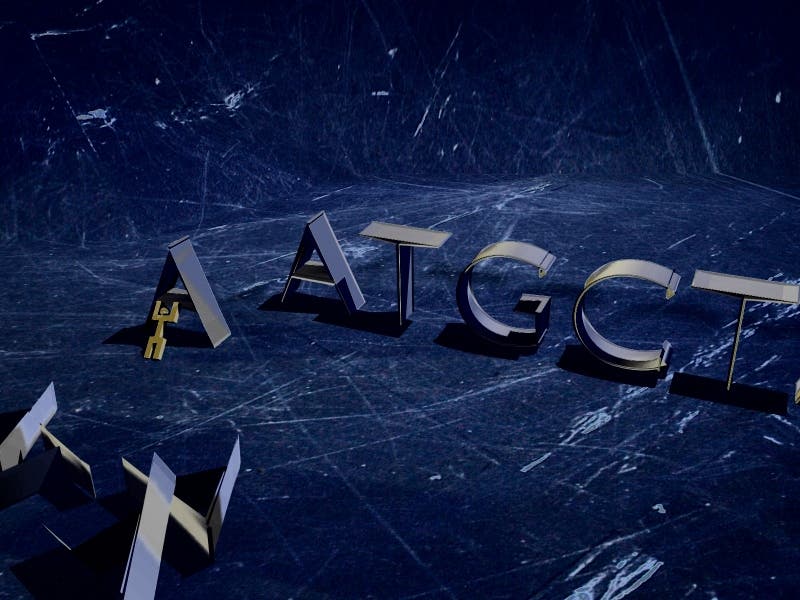Scientists at the Lawrence Berkeley National Laboratory in California have demonstrated a new breakthrough method for DNA synthesis that could create a gene in a single day. In the future, researchers could use this technique to synthesize new drug therapies or fuels very quickly.

The first synthetic DNA was demonstrated by Har Gobind Khorana and colleagues in 1972. Although we now have added computers in the mix, the traditional process still involves adding DNA nucleotides, one by one, to a growing chain called an oligonucleotide — or ‘oligo’.
The four nucleotides — the basic building blocks of DNA — are Adenine (A), Thymine (T), Guanine (G), and Cytosine (C). A and G are called Purines while T and C are called Pyrimidines. According to the rules of base pairing, A always pairs with T, and C always pairs with G.
The traditional method for DNA synthesis is slow and error-prone, and scientists can’t add more than 200 letters together — that’s only a tiny fraction of the thousands of letters that make up a typical gene.
In living cells, biological mechanisms replicate DNA very quickly, in under an hour, with very little errors (there are sometimes mutations). To make DNA, cells employ a variety of enzymes, called polymerases, that read a single strand of DNA and then synthesize a complementary strand to bind with it.
In the lab, researchers use a particular polymerase, called terminal deoxynucleotidyl transferase (TdT), which is able to attach new nucleotides to an oligo strand without being required to follow a DNA template strand.
In nature, TdT uses this ability to write variations of genes for antibodies, so the immune system can adapt to new invaders. The problem is that the enzyme adds some new nucleotides randomly. This wouldn’t do in synthetic biology, where the precise control of the sequence of genetic letters is a must.
Up until now, scientists were forced to use a rather unelegant workaround, adding one nucleotide at a time, stopping in between, then repeating the process with a different nucleotide. It takes about an hour to add each modified base, which is far too slow to be practical.
Sebastian Palluk and Daniel Arlow, both Ph.D. students at Jay Keasling’s lab at the Lawrence Berkeley National Laboratory in California, devised a novel method to synthesize DNA.
They used four separate pools for the four DNA letters, each one with copies of TdT tethered to either A, G, C, or T. In order to grow an oligo, the researchers added a base from one of the pools. The TdT that adds the base to the end of oligo blocks additional copies of the enzyme from reacting with the oligo. This is retrieved, the tethered is cut off, allowing the oligo to receive the next base in the sequence.
The enzyme is easy to make from bacteria and yeast, which translates into low cost. Its presence also speeds up the process, allowing new nucleotides to grow on an oligo in 10 to 20 seconds. The tether snipping step takes about a minute. A whole gene could take only a day.
Speaking for Science, George Church, an estimated geneticist at Harvard University, said the new method “is the future.” However, he stresses that, for now, the approach isn’t ready to replace conventional DNA synthesis. The oligos demonstrated by the group are no longer than 10 bases. There are also writing problems, as the approach was only 98% accurate, compared to 99%, which is the standard for the conventional approach.
The findings were reported in the journal Nature Biotechnology.


